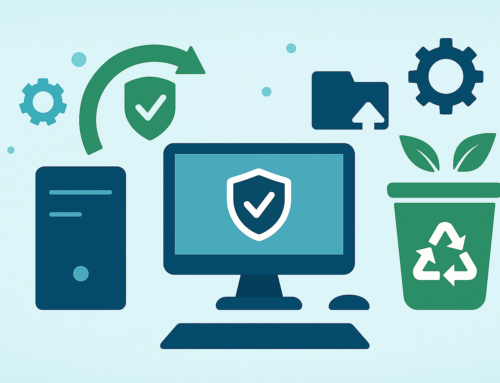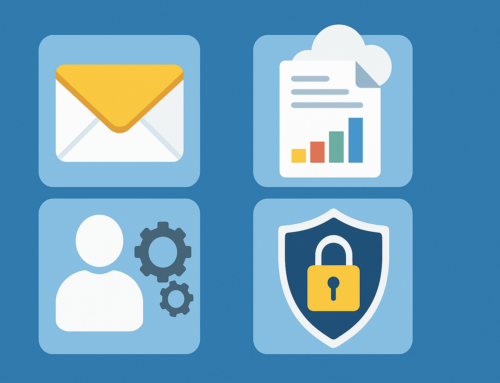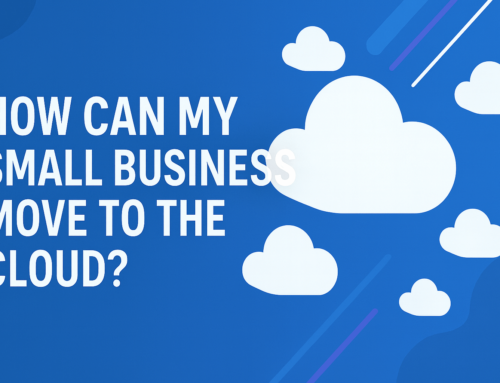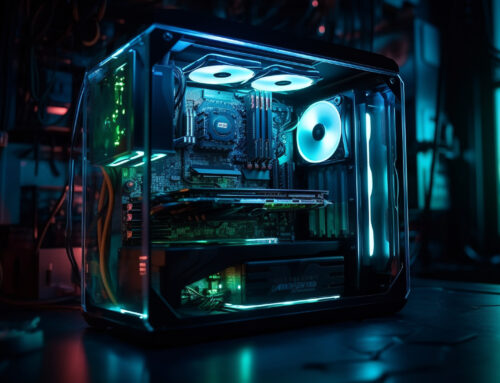How to Upgrade Business Hardware Without Disrupting Operations
Upgrading business hardware can be a daunting task, especially when you need to ensure that operations continue running smoothly. The good news is you can upgrade your business hardware with minimal disruption through careful planning, strategic timing, and phased implementation. This article will guide you through the process, providing actionable steps and answering common questions related to hardware upgrades.
Assess Your Hardware Needs
Before you begin the upgrade process, it’s important to understand your current hardware requirements. This involves evaluating the performance of your existing equipment and identifying any bottlenecks or limitations.
- Conduct a Hardware Audit: Start by cataloguing all hardware currently in use. This includes computers, servers, printers, and other peripherals.
- Evaluate Performance: Determine which pieces of equipment are underperforming or nearing the end of their life cycle. Consider factors such as speed, reliability, and compatibility with new software.
- Identify Future Needs: Consider any upcoming projects or expansions that may require additional or more powerful hardware. This will ensure that your new equipment meets both current and future needs.
Get expert advice from Techfident to ensure your new hardware meets all your current and future needs.
Planning the Upgrade
A well-structured plan is essential for a successful hardware upgrade. This involves setting clear goals, timelines, and budgets.
- Set Objectives: Define what you aim to achieve with the hardware upgrade. This could include improved performance, increased storage capacity, or enhanced security.
- Develop a Timeline: Create a detailed schedule that outlines each step of the upgrade process. Include time for testing and troubleshooting to avoid unexpected delays.
- Budget Appropriately: Determine the costs associated with the upgrade, including hardware, software, and any additional resources required. Ensure that you have allocated sufficient funds to cover all expenses.
Choosing the Right Time
Timing is crucial when upgrading hardware to minimise disruption to your business operations.
- Consider Business Cycles: Schedule upgrades during periods of low activity to reduce the impact on productivity. For many businesses, this might be during holidays or off-peak seasons.
- Plan for Downtime: Anticipate potential downtime and plan accordingly. Inform your clients and employees about the upgrade schedule and any expected interruptions.
- Coordinate with IT Support: Work closely with your IT team or external IT support providers to ensure they are available to assist during the upgrade process.
Use a Phased Upgrade Approach
A phased approach allows you to upgrade hardware gradually, reducing the risk of widespread disruption.
- Prioritise Critical Systems: Identify which systems are most crucial to your operations and upgrade them first. This ensures that essential functions remain operational throughout the process.
- Test New Hardware: Before fully deploying new equipment, test it in a controlled environment to identify any potential issues. This helps to ensure compatibility and performance.
- Roll Out in Stages: Implement the upgrade in stages, starting with a small group of users or departments. This allows you to address any problems before rolling out the hardware to the entire organisation.
Ensure Data Backup and Security
Protecting your data is paramount during a hardware upgrade.
- Backup Data Regularly: Ensure that all critical data is backed up before starting the upgrade process. Use reliable backup solutions and verify that backups are complete and accessible.
- Secure Data Transfers: When migrating data to new hardware, use secure methods to prevent data loss or breaches. Encrypt sensitive information and use secure connections.
- Update Security Measures: Install the latest security updates and patches on new hardware to protect against vulnerabilities.
Protect your data during hardware upgrades with Techfident’s reliable solutions. Contact us for expert pre-sales advice and seamless installation services.
Training Employees on New Hardware
Effective training is essential to ensure that your employees can use new hardware efficiently.
- Provide Comprehensive Training: Offer training sessions to familiarise employees with new equipment. Include hands-on practice to build confidence and competence.
- Create User Manuals: Develop user manuals or quick reference guides that employees can refer to when using new hardware. These should include troubleshooting tips and best practices.
- Offer Ongoing Support: Ensure that IT support is readily available to assist employees with any issues they encounter. This helps to minimise downtime and frustration.
Monitoring and Troubleshooting Post-Upgrade Issues
After the upgrade, it’s important to monitor the performance of new hardware and address any issues promptly.
- Monitor Performance: Keep track of how new hardware is performing and identify any areas where improvements are needed. Use monitoring tools to gather data on system performance and user feedback.
- Address Issues Quickly: Be proactive in resolving any problems that arise. This may involve adjusting configurations, installing additional updates, or providing further training to employees.
- Review and Improve: Regularly review the upgrade process and make improvements for future upgrades. This ensures that your business can continue to upgrade hardware with minimal disruption.
Rely on Techfident’s expertise for post-upgrade monitoring and troubleshooting support. If you have any questions or would like to know more about our services, please get in touch.
FAQs
How often should a business upgrade its hardware?
Businesses should typically consider upgrading their hardware every 3-5 years. This ensures that systems remain efficient, secure, and capable of handling new software and technological advancements.
What are the signs that hardware needs to be upgraded?
Signs that hardware needs upgrading include slow performance, frequent crashes, inability to run new software, and outdated security features. Regularly auditing your hardware can help identify these issues early.
Can upgrades be done without any downtime?
While it is challenging to achieve zero downtime, careful planning and a phased approach can minimise disruptions significantly. Scheduling upgrades during off-peak hours and ensuring robust backup solutions can further reduce downtime.
How can data be protected during a hardware upgrade?
Data protection during an upgrade involves regular backups, secure data transfer methods, and updating security measures on new hardware. Ensuring that data is encrypted and using secure connections are also crucial steps.
What should be included in a hardware upgrade plan?
A hardware upgrade plan should include objectives, a detailed timeline, a budget, a phased rollout strategy, and provisions for data backup and security. Additionally, it should account for employee training and post-upgrade monitoring.
Techfident: Hardware Solutions
Techfident is a leading provider of comprehensive hardware solutions designed to keep your business running smoothly. We offer expert advice and services to help you upgrade your business hardware with minimal disruption. Our services include hardware procurement, installation, configuration, and ongoing support, ensuring that your business remains efficient and secure.
If you’re looking to upgrade your hardware and want to ensure a seamless transition, contact Techfident for expert guidance. Call 0203 4883282 or fill out our online contact form to get started.




